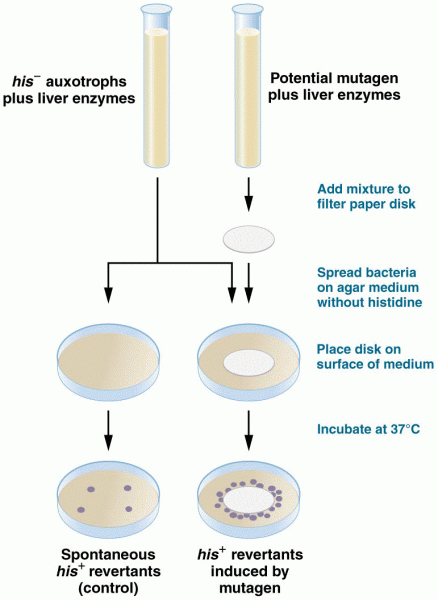|
|
|
About 100 new prescription or over-the-counter drugs come into the U.S. market every year.
Asthma cases in Americans are about 75% higher today than they were in 1980.
There are more nerve cells in one human brain than there are stars in the Milky Way.
The Centers for Disease Control and Prevention has released reports detailing the deaths of infants (younger than 1 year of age) who died after being given cold and cough medications. This underscores the importance of educating parents that children younger than 2 years of age should never be given over-the-counter cold and cough medications without consulting their physicians.
Automated pill dispensing systems have alarms to alert patients when the correct dosing time has arrived. Most systems work with many varieties of medications, so patients who are taking a variety of drugs can still be in control of their dose regimen.







